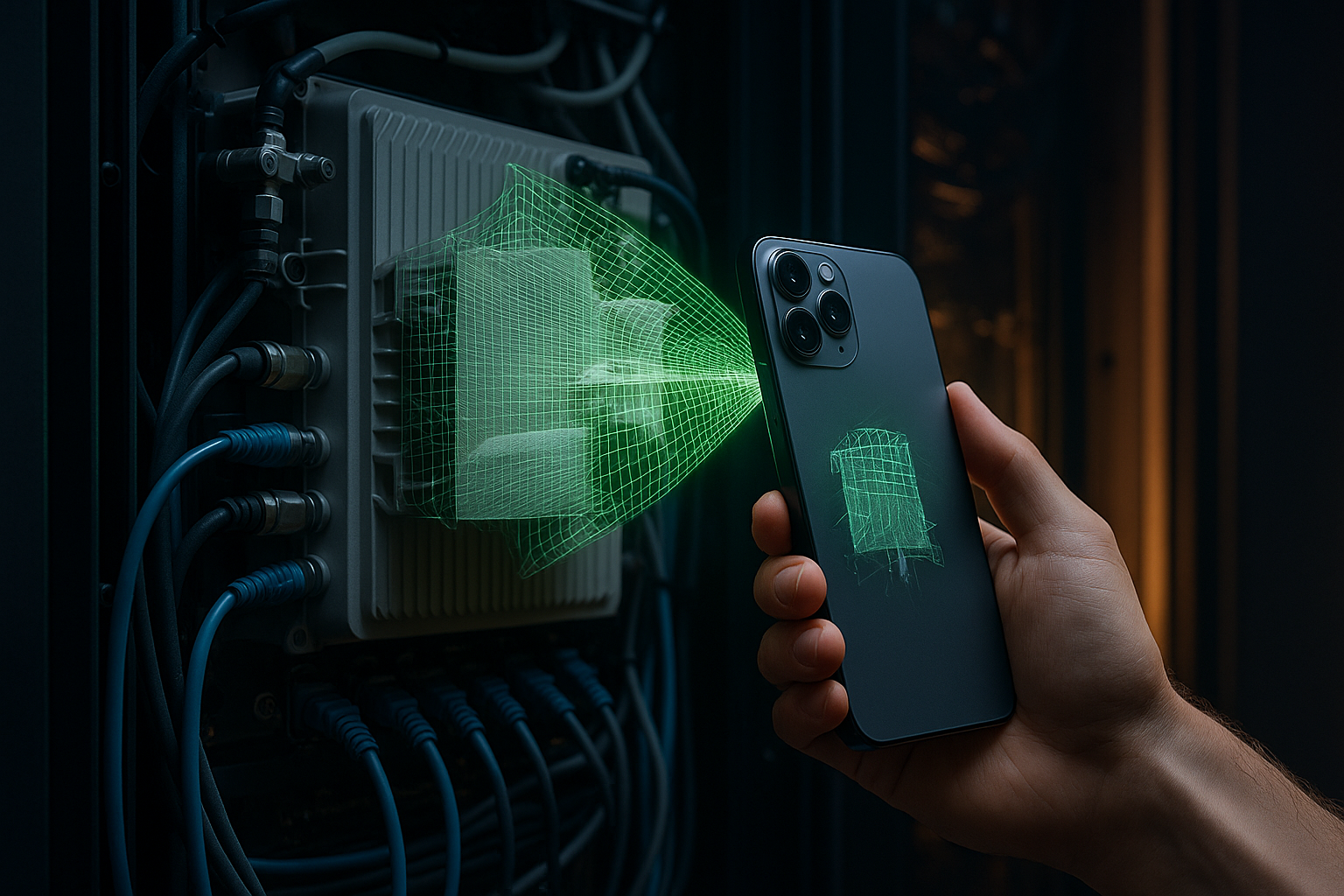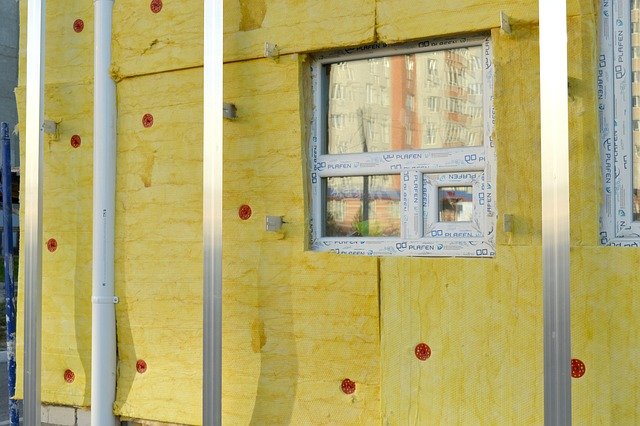A Dive into the Future: Understanding LiDAR Technology in Telecommunications
LiDAR, an acronym for Light Detection and Ranging, is an impressive technology that's quietly transforming the world of telecommunications. With the ability to map physical environments with unprecedented accuracy, it's set to revolutionize how we connect, communicate, and interact with the digital world. This article provides a comprehensive look into this groundbreaking technology, its evolution, applications, and the potential challenges it poses to the telecommunications industry.

The Genesis and Evolution of LiDAR
LiDAR technology began as a simple concept in the 1960s, shortly after the invention of the laser. Initially, it was used for atmospheric studies and to measure the distance between the earth and the moon. Over time, it has evolved into a powerful tool for detailed mapping and range detection in sectors such as geography, meteorology, and more recently, telecommunications.
LiDAR: The Infrastructure Game Changer
LiDAR’s ability to create detailed three-dimensional images of environments makes it a valuable tool for planning and deploying telecom infrastructure. It allows telecom companies to visualize the landscape and accurately determine the best locations for infrastructure installations. This technology significantly reduces the time and cost associated with deploying telecom infrastructure, making it a game-changer in the industry.
Current Trends and Regulatory Changes
With the increasing adoption of LiDAR in the telecommunications industry, regulatory bodies worldwide are taking notice. Policies are being drafted to guide the use of LiDAR to ensure it’s utilized responsibly, preserving privacy and public safety. These changes will shape the future of how LiDAR is used in telecom and other sectors.
The Impact of LiDAR on Telecom Services
The introduction of LiDAR to telecom services promises to bring about several improvements. For instance, it will enhance the quality of voice and video calls by providing accurate data for network optimization. However, like any other technology, LiDAR also presents its own set of challenges. These include data privacy concerns, the high cost of implementing the technology, and the need for skilled personnel to deploy and manage it.
Practical Applications and Future Prospects
Beyond telecom, LiDAR has a range of practical applications. Self-driving cars, for example, use LiDAR to navigate their environment, while in agriculture, it’s used to map fields for precision farming. The potential for LiDAR in telecommunications is immense, with many expecting it to play a pivotal role in the future of the industry.
In conclusion, the rise of LiDAR technology is a testament to the constant innovation within the telecommunications industry. As we continue to explore its capabilities, the potential for transformation in how we connect and communicate seems limitless. One thing is certain: LiDAR is here to stay, and its impact on the telecommunications industry will be profound.




